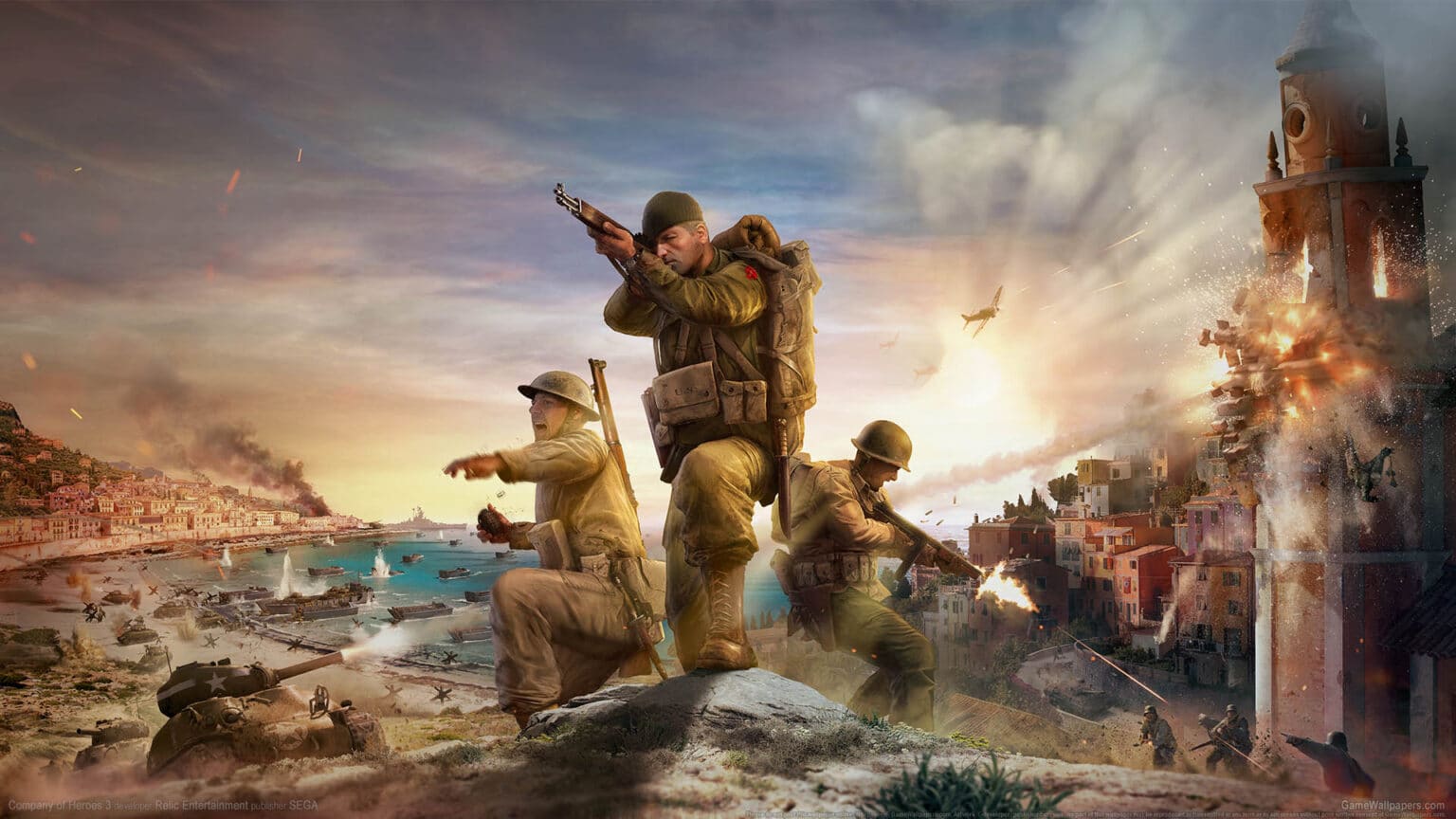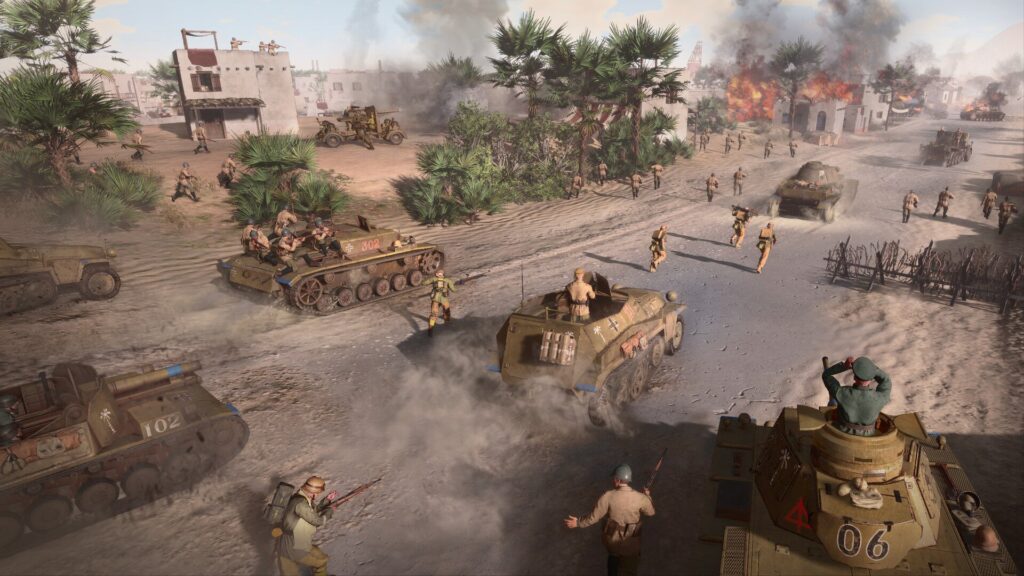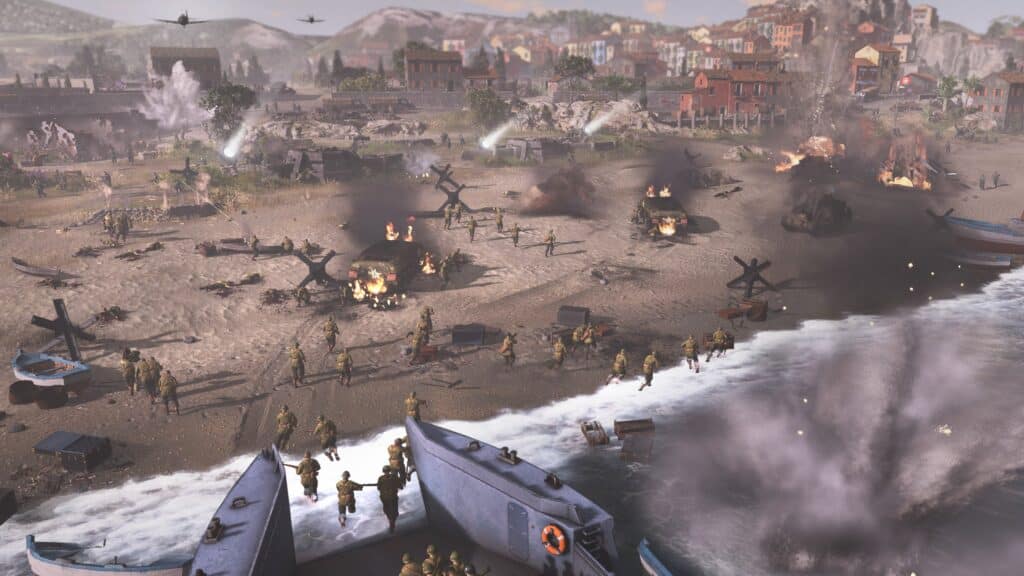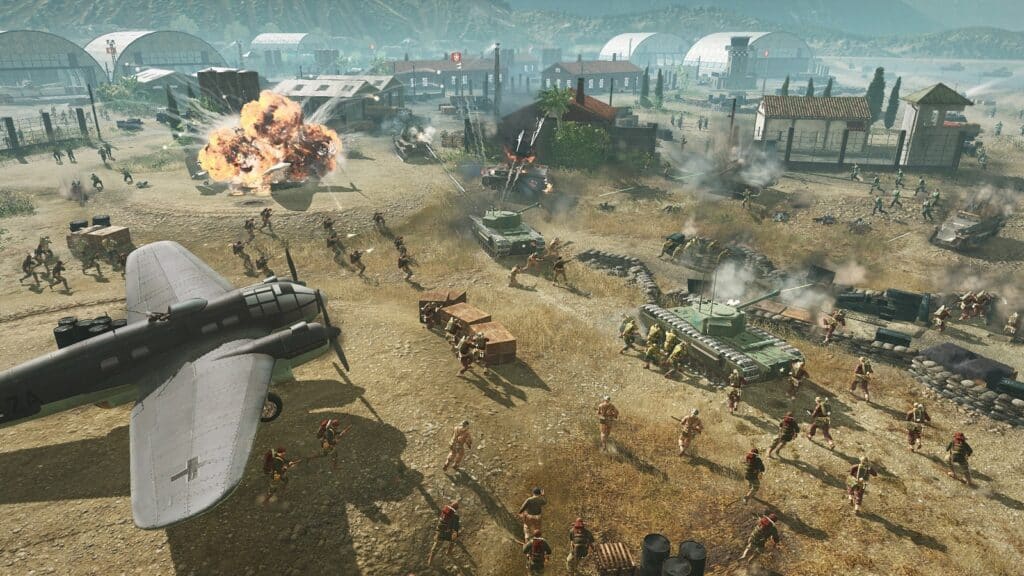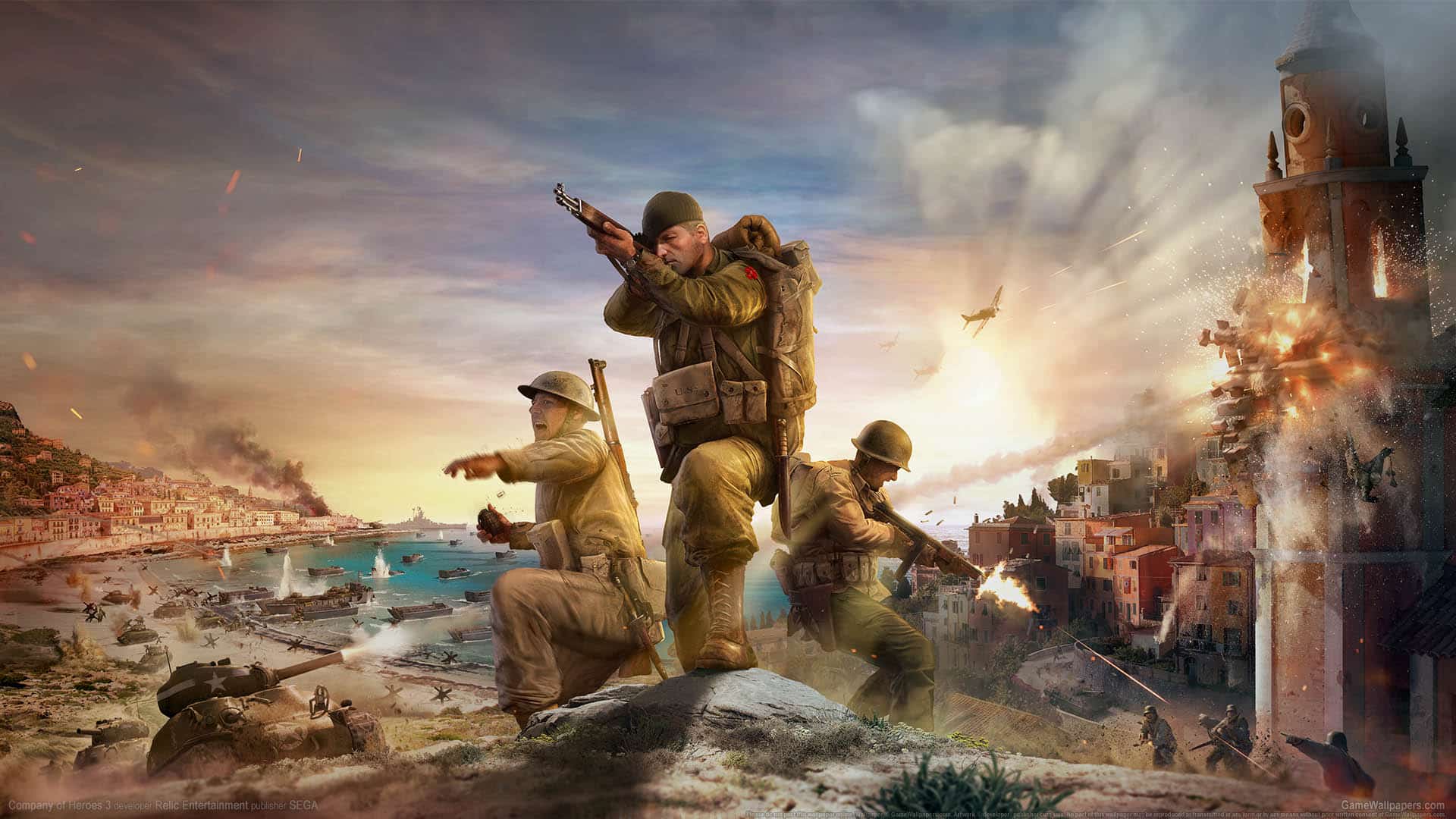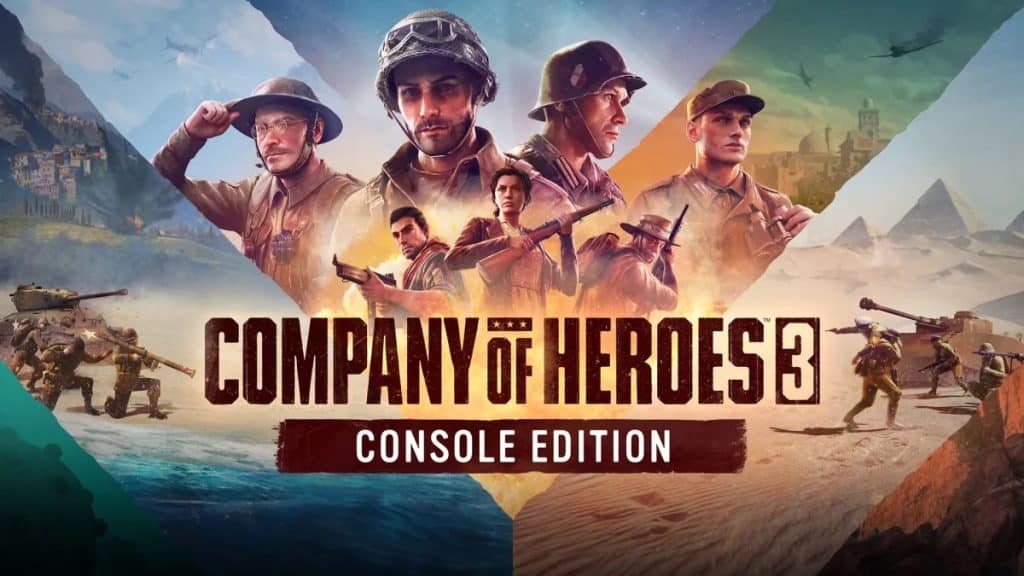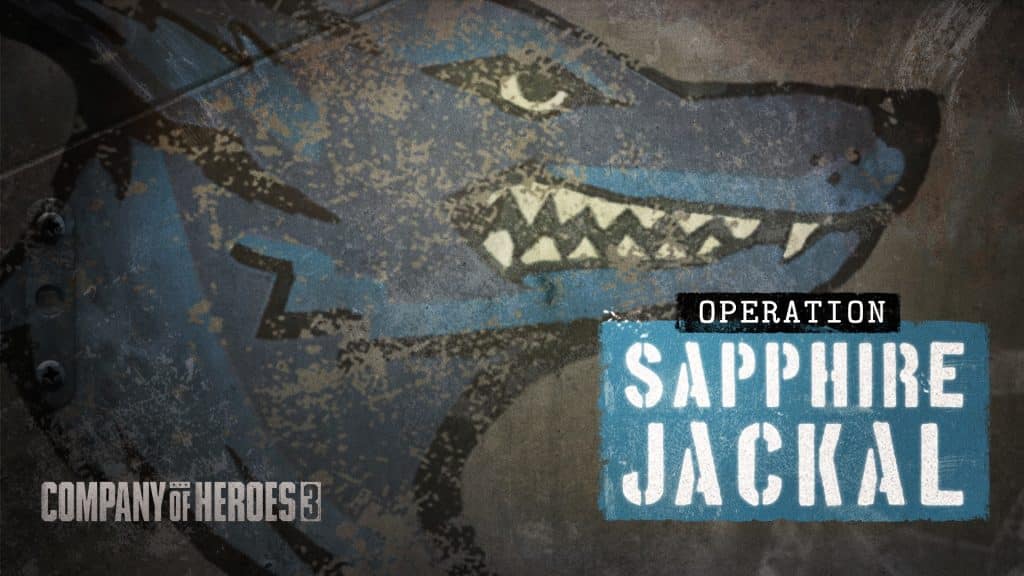Company of Heroes 3 arrives as the latest installment in the renowned real-time strategy franchise developed by Relic Entertainment. With a decade since the previous sequel, it bears the weight of high expectations from the loyal fan base and the gaming community at large. Relic, once celebrated for its pioneering work in the RTS genre with titles like Dawn of War and the original Company of Heroes, has recently faced challenges impacting its reputation. Despite the three-month delay from the initially announced release, Company of Heroes 3 seeks to reclaim its position as a frontrunner in the genre.
It’s worth noting that I initially previewed Company of Heroes 3 back in July 2022, offering me a glimpse of what was to come. At that time, my first impressions of the game revealed some concerns and expectations, and I was particularly interested in how the dynamic campaign would evolve, and the campaign’s hyper-realistic simulation of World War II.
In Company of Heroes 3, players are thrust into the tumultuous theater of WWII. As a player, you take on the role of various commanders and generals from different factions, each with unique strengths and strategies. The ultimate goal is to navigate the complexities of war, make tactical decisions, and lead your forces to victory. As it’s a typical real-time strategy game, you’ll need to handle resource management, lead troops, and participate in tactical battles.
The game offers two distinct campaigns: one set in the Italian peninsula and the other in North Africa. In the Italian campaign, the dynamic campaign experience initially disappoints. It simplifies several crucial elements of the game, such as logistics, and features an underwhelming AI that fails to provide a credible challenge. The path to victory often feels too straightforward, missing the complexity and depth that the series is known for.
The North African campaign, on the other hand, takes a different approach. It provides players with a unique perspective by narrating the story from the viewpoint of those affected by the war. However, the narrative choice to center this campaign around a controversial character, Erwin Rommel, raises concerns. While the missions themselves demonstrate competence, they occasionally feature wearisome objectives, such as escorting Italian vehicles or dealing with structures that seem excessively resilient.
The game attempts to delve into the horrors of war, but its execution falls short. Rather than seamlessly integrating these themes into gameplay, Company of Heroes 3 relies on post-mission cinematics to evoke emotions, often missing the mark. While it’s commendable to address the grim realities of World War II, the game struggles to strike the right balance between gameplay and storytelling.
Company of Heroes 3 builds upon the solid gameplay foundation of its predecessors. Players take command of various factions, including the American forces, the British, the Wehrmacht, and the Afrikakorps. These four factions add variety and replayability to the game. Each faction has unique units, strengths, and weaknesses, encouraging players to explore different playstyles.
The game’s core mechanics revolve around resource management, tactical combat, and map control. The gameplay excels in providing tactical depth and complexity. Players must carefully manage resources, plan unit compositions, and adapt strategies to the evolving battlefield. Battles are fast-paced, tense, and require strategic thinking. The game captures the chaos and intensity of World War II battles, making each engagement thrilling.
Initially however, the dynamic campaign in the Italian campaign feels oversimplified and lacks the depth expected from the series. This can lead to a sense of disappointment for players seeking complex strategic challenges. Also, some missions in both campaigns feature repetitive or unexciting objectives, which can detract from the overall enjoyment of the game. Moreover, faction balance in multiplayer mode, particularly concerning the Deutsches Afrikakorps, can be problematic. The faction’s rapid unit production and map control capabilities may lead to imbalanced matches.
The game’s visuals yield mixed results. While there is a commendable level of detail in the environments and units, certain animations and textures appear lackluster. Shadows and the color palette contribute to a somewhat flat aesthetic. The absence of grit and grime, which Company of Heroes 2 handled better, is conspicuous. The audio experience, although primarily offering good sound samples, grapples with mixing issues, resulting in inconsistent sound quality.
The game’s performance proves satisfactory but not without its fair share of issues. The user interface presents rough edges, with problems such as incorrect icons and an absence of player names in matches. Multiplayer matchmaking can sometimes lead to longer wait times, and again, faction-balancing issues persist, impacting the online experience. While the game’s graphics are generally detailed and impressive, there are instances of frame drops and performance hiccups, especially during intense battles or when there is a lot happening on the screen.
Company of Heroes 3 excels in delivering tactical depth, engaging battles, and faction diversity, making it a worthy addition to the franchise. Recent improvements to the dynamic campaign have enhanced its appeal. However, the game faces challenges related to mission objectives, storytelling choices, and faction balance in multiplayer. With ongoing updates and refinement, it has the potential to solidify its position within the series further and recapture the series’ former glory.



